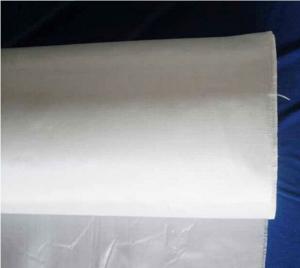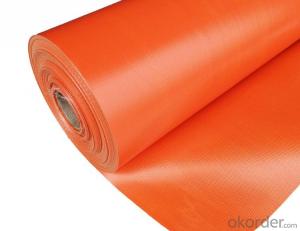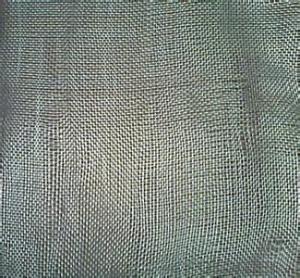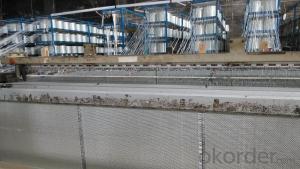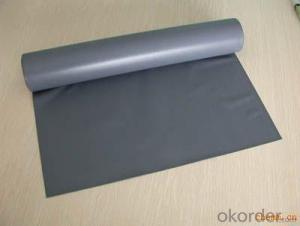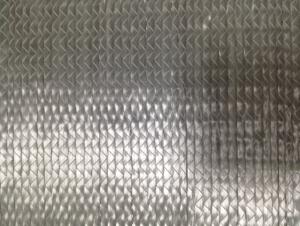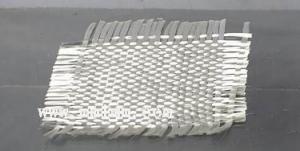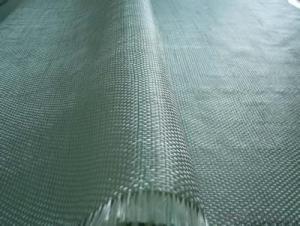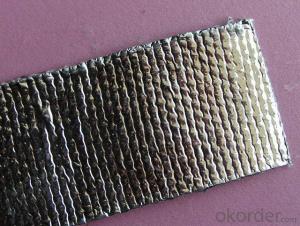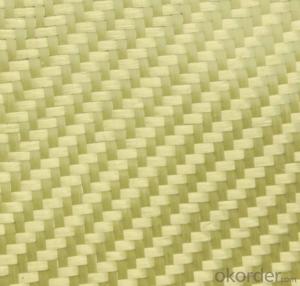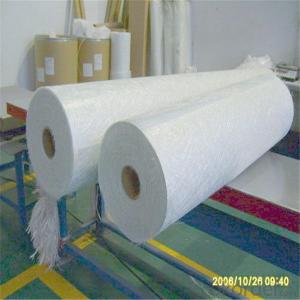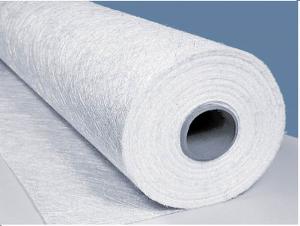All Categories
- - Steel Wire Rod
- - Steel Coils
- - Steel Profiles
- - Steel Pipes
- - Stainless Steel
- - Tinplate
- - Special Steel
- - Steel Sheets
- - Steel Rebars
- - Steel Strips
- - Hot Rolled Steel
- - Cold Rolled Steel
- - Pre-painted Steel
- - Seamless Steel Pipe
- - Welded Steel Pipe
- - Hollow Steel Tubes
- - Galvanized Pipe
- - Stainless Steel Coil
- - Stainless Steel Sheet
- - Stainless Steel Plate
- - Stainless Steel Strips
- - Electrolytic Tinplate Coil
- - Electrolytic Tinplate Sheet
- - Stainless Steel Rebars
- - Solar Panels
- - Solar Water Heater
- - Solar Related Products
- - Solar Inverter
- - Solar Cells
- - Solar Light
- - Solar Energy Systems
- - Solar Controllers
- - Solar Mounting System
- - Solar Pump
- - Solar Chargers
- - Fiberglass Chopped Strand
- - Fiberglass Mesh Cloth
- - Composite Pipes
- - FRP Pultrusion Profiles
- - Fiberglass Mat Tissue
- - Fiberglass Fabrics
- - Fiberglass Mesh
- - Composite Tank
- - Fiberglass Mesh tape
- - Polymer
- - FRP Roofing Panel
- - Fiberglass Roving
- - Monolithic Refractories
- - Ceramic Fiber Products
- - Refractory Bricks
- - Raw Materials For Refractory
- - Suspended Platform
- - Cranes
- - Concrete Machinery
- - Earthmoving Machinery
- - Building Hoist
- - Road Building Machinery
- - Plastic Pipe Fittings
- - Plastic Tubes
- - Plastic Sheets
- - Agricultural Plastic Products
- - Plastic Nets
 All Categories
All Categories
Q & A
How does the flatness of cold rolled steel compare to hot rolled steel?
The flatness of cold rolled steel is generally superior to that of hot rolled steel.
What are the considerations when designing molds for fiberglass fabric parts?
When designing molds for fiberglass fabric parts, several considerations need to be taken into account. Firstly, the mold material must be able to withstand the high temperatures and pressures involved in the fiberglass molding process. Common options include fiberglass, aluminum, or steel.
Secondly, the mold design should accommodate the desired shape and dimensions of the fiberglass part, ensuring proper alignment and a smooth surface finish. Venting channels and ejector pins should be incorporated to facilitate the release of the part from the mold.
Additionally, the mold design must consider the specific reinforcement pattern of the fiberglass fabric to ensure proper orientation and alignment of the fibers. This is crucial for achieving the desired strength and structural integrity of the final part.
Furthermore, factors such as draft angles, undercuts, and parting lines should be carefully addressed to enable easy demolding and reduce the risk of damage to the part or mold.
Lastly, the consideration of cost and production volume should also be taken into account. Depending on the intended quantity of parts to be produced, the mold design may vary, with options ranging from simple open molds to more complex and expensive closed molds with multiple cavities.
Overall, designing molds for fiberglass fabric parts requires a comprehensive understanding of the molding process, material properties, part requirements, and production constraints to ensure optimal results.
How is fiberglass fabric produced?
Fiberglass fabric is produced through a process called weaving, where thin strands of glass fibers are interlaced together to form a flexible and durable fabric. This involves spinning molten glass into fibers, which are then coated with a sizing agent to improve their handling. These individual fibers are then woven together using various weaving techniques to create the final fiberglass fabric.
Can fiberglass fabric be used for making camping tents?
Yes, fiberglass fabric can be used for making camping tents. It is a lightweight and durable material that offers good resistance to harsh weather conditions, making it suitable for outdoor use. Additionally, it provides excellent insulation and is easy to maintain, making it a popular choice for camping tent construction.
Wholesale Fiberglass Fabrics from supplier in Palestine
With our extensive range of Fiberglass Fabrics and our commitment to exceptional customer service, we are confident that we can meet all your Fiberglass Fabric needs in Palestine. Contact us today to discuss your requirements and let us provide you with top-notch products and services.
